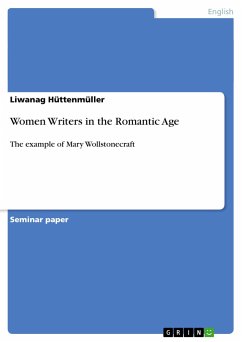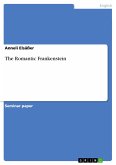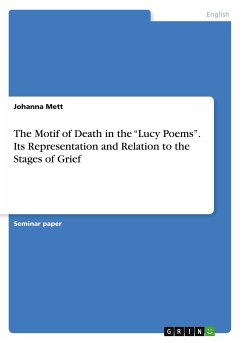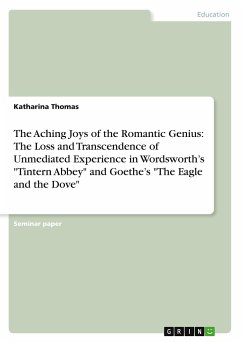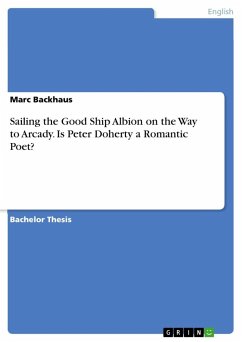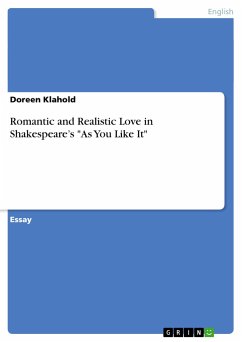Seminar paper from the year 2008 in the subject English Language and Literature Studies - Literature, grade: 2,0, Ruhr-University of Bochum (Englisches Seminar), course: Romanticism in the Light of Cultural Studies, language: English, abstract: The time of Romanticism is historically regarded as a masculinephenomenon. As Anne K. Mellor pointed out, Romanticism as a literarymovement was constructed and defined by a masculine discourse andideology, a "masculine Romanticism". This masculine Romanticism is thetraditional understanding of the literary movement - based on thewritings and thoughts of the five canonical writers Wordsworth,Coleridge, Byron, Shelley, and Keats. Mellor suggests that "feminineRomanticism" occurs to recover the erased and neglected voices of womenwriters within this movement. To understand these differences ofmasculine and feminine Romanticism, one has to realize that both termsserve as an ideological gender construction, not in terms of the author´ssex. To analyse female romantic literature also means to consider thedivision of ´private´ and ´public´ sphere occuring in the eighteenthcentury, a phenomenon that should be discussed in the followingchapter.This paper aims to show how women writers could made a career in themale-dominated time of Romanticism. In order to show the problems theyexperienced within a patriarchal society, I will explore the subordinationof women by a construction of femininity which did not grant them thestatus of rational thinking subjects. For this purpose I have chosen theexample of Mary Wollstonecraft, the revolutionary founder of feminism.Wollstonecraft was not only a writer herself, but she was also the wife ofthe well-known political philosopher, William Godwin, and she gave birthto Mary Godwin Shelley, the famous author of Frankenstein. As a memberof the literary circle around Joseph Johnson, she was surrounded by famous contemporary writers and was involved in literary relationshipswithin her own family circle.

